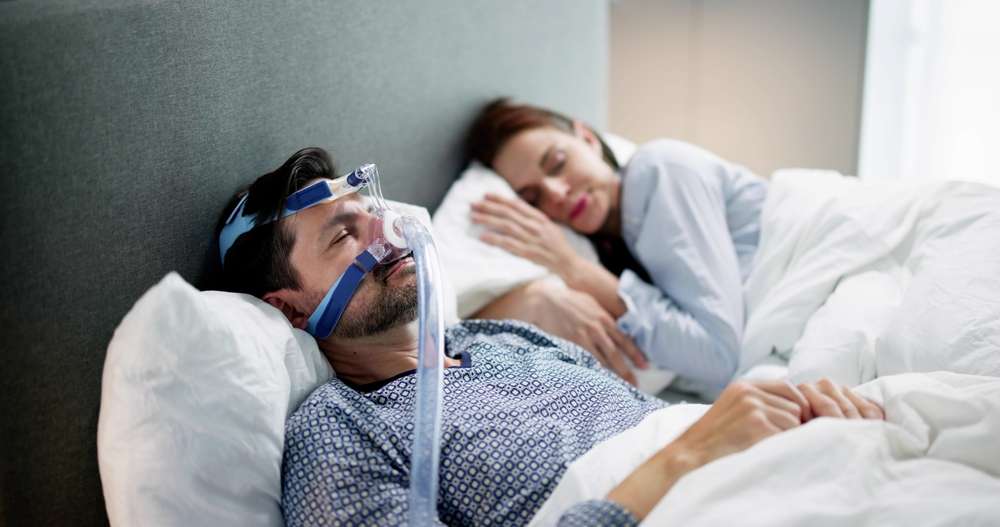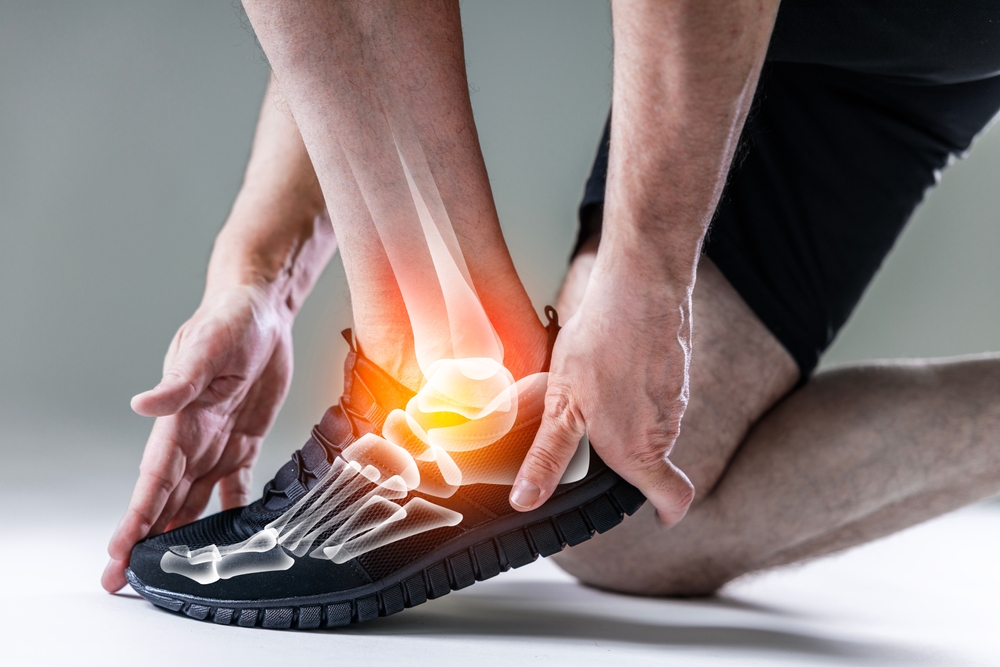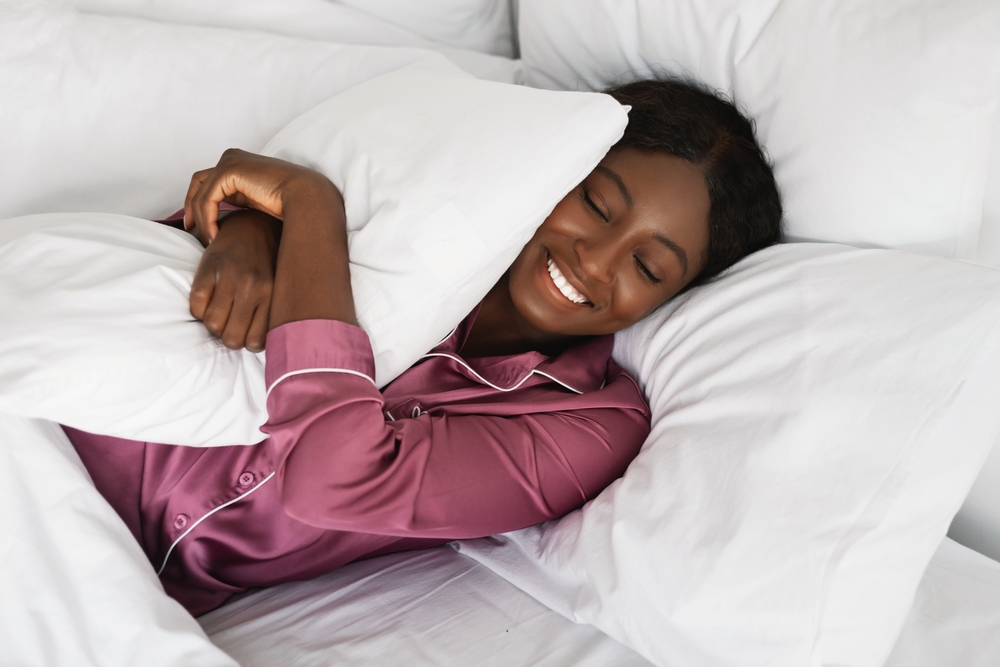The Surprising Science Behind Light Therapy Glasses and Daily Energy
Light exposure plays a bigger role in daily energy than most people realize. Scientists are exploring how wearable light therapy glasses can support natural circadian rhythms, helping people feel more alert, balanced, and focused throughout each day.

Modern life often disrupts our natural relationship with light, leaving many people struggling with low energy, poor sleep quality, and mood fluctuations. Light therapy glasses have emerged as a promising tool to address these challenges by delivering targeted light exposure directly to the eyes, potentially resetting and optimizing our circadian rhythms for better daily energy management.
How Circadian Rhythm Light Therapy Works
Circadian rhythm light therapy operates on the principle that specific wavelengths of light can influence the production of melatonin and cortisol, two key hormones that regulate our sleep-wake cycles. When light enters the eyes, it travels to the suprachiasmatic nucleus in the brain, which acts as our master biological clock. This process helps synchronize our internal rhythms with the external environment, potentially improving energy levels during the day and sleep quality at night.
Research indicates that exposure to bright light, particularly in the blue spectrum (480-490 nanometers), can suppress melatonin production and increase alertness. Conversely, reducing blue light exposure in the evening may help promote natural melatonin release and prepare the body for sleep.
Wearable Light Therapy Glasses Technology in 2025
The latest generation of wearable light therapy glasses incorporates advanced LED technology, smartphone connectivity, and personalized programming features. These devices typically use arrays of small LEDs positioned to deliver light at specific angles and intensities, ensuring optimal exposure while maintaining comfort during use.
Many 2025 models feature adjustable light intensity, programmable timing schedules, and integration with sleep tracking apps. Some devices also incorporate sensors that monitor ambient light conditions and automatically adjust their output accordingly. The portability of these glasses allows users to receive light therapy while working, reading, or engaging in other daily activities.
The Science of Daily Energy and Sleep Connection
The relationship between light exposure, energy levels, and sleep quality involves complex interactions between multiple biological systems. Our circadian rhythms influence not only when we feel sleepy or alert but also affect body temperature, hormone production, and metabolic processes throughout the day.
When these rhythms become misaligned due to irregular light exposure, shift work, or travel across time zones, people often experience decreased daytime energy, difficulty concentrating, and disrupted sleep patterns. Light therapy aims to restore this natural synchronization by providing consistent, timed light exposure that reinforces healthy circadian patterns.
Studies suggest that properly timed light therapy may help reduce the time needed to fall asleep, improve sleep efficiency, and enhance daytime alertness. The therapy appears particularly beneficial for individuals with seasonal affective disorder, delayed sleep phase syndrome, and certain types of insomnia.
Blue Light Technology and Circadian Health Benefits
Blue light technology in therapeutic devices differs significantly from the blue light emitted by screens, which is often associated with sleep disruption. Therapeutic blue light is carefully calibrated for intensity, duration, and timing to support rather than disrupt circadian health.
The optimal timing for blue light exposure typically occurs in the morning or early afternoon, helping to reinforce natural wake signals and maintain alertness during peak productivity hours. Some devices also offer red light options for evening use, as red wavelengths are less likely to suppress melatonin production and may support the body’s preparation for sleep.
| Device Type | Provider | Key Features | Cost Estimation |
|---|---|---|---|
| Basic LED Glasses | Luminette | 30-minute sessions, portable design | $180-220 |
| Smart Connected Glasses | Re-Timer | App integration, customizable programs | $250-300 |
| Professional Grade | Valkee | Clinical-grade LEDs, research-backed | $300-400 |
| Budget Option | Generic Brands | Basic light therapy, manual controls | $50-100 |
Prices, rates, or cost estimates mentioned in this article are based on the latest available information but may change over time. Independent research is advised before making financial decisions.
Light Therapy Benefits for Focus and Mood Enhancement
Beyond sleep and energy regulation, light therapy glasses may offer additional cognitive and emotional benefits. Research suggests that appropriate light exposure can influence neurotransmitter production, including serotonin and dopamine, which play crucial roles in mood regulation and cognitive function.
Users often report improved focus, reduced afternoon energy crashes, and better overall mood stability when using light therapy glasses consistently. The therapy may be particularly beneficial during winter months when natural sunlight exposure is limited, helping to combat seasonal mood changes and maintain consistent energy levels.
The convenience of wearable light therapy devices allows for integration into existing daily routines, making it easier to maintain consistent treatment schedules. Many users find that 20-30 minute sessions during morning coffee or while checking emails provides sufficient therapeutic benefit without disrupting their schedules.
Light therapy glasses represent an evolving field where technology meets biology to address common challenges with energy and sleep. While individual responses may vary, the growing body of research supporting circadian rhythm regulation through controlled light exposure suggests these devices may become increasingly valuable tools for optimizing daily energy and overall well-being. As with any therapeutic intervention, consulting with healthcare professionals can help determine the most appropriate approach for individual needs and circumstances.




